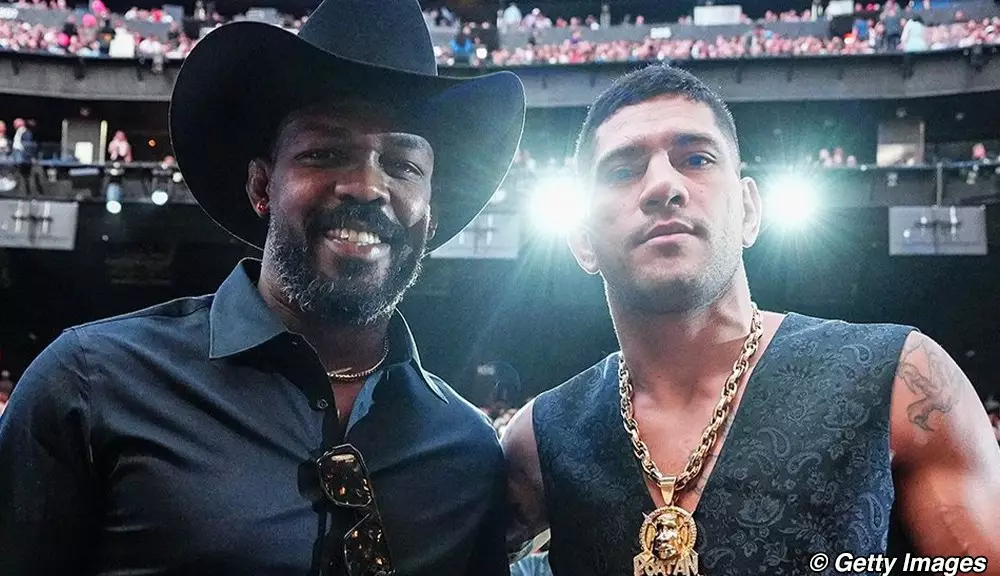In the ever-evolving universe of the UFC, the presence of pay-per-view (PPV) stars is paramount for financial success and engagement. Daniel Cormier recently highlighted a perceived lack of significant drawing power among current champions in the organization. According to him, only Jon Jones and Alex Pereira stand out as true PPV draws in a landscape that seems to be devoid of star power. This observation calls into question the sustainability and marketability of the sport as it grapples with maintaining its relevance amidst a constantly changing roster of fighters.
Cormier emphasized that long title reigns can cultivate a fighter’s status as a draw. He remembers the dominant tenures of legendary fighters like Anderson Silva and Jones, whose extensive defenses cemented their status as superstar draws. In strong contrast, today’s champions’ inability to achieve such lengthy reigns raises the question of whether a new path to superstardom must be forged. Indeed, even Israel Adesanya, who found success and solid PPV numbers as a reigning champion, witnessed a decline in interest following his title loss. Herein lies the crux of the problem—without sustained success, fighters struggle to build a solid fan base.
When assessing the capabilities of the present champions, Cormier acknowledged the potential of Jones and Pereira but sounded notes of caution about the rest. While the names of fighters such as Zhang Weili, Islam Makhachev, and Belal Muhammad were mentioned, they seemed to lack the buzz that the UFC desperately needs. The sport has undoubtedly become more competitive, making long title reigns exceedingly rare in today’s environment. The question arises: How can upcoming fighters navigate this saturated landscape to achieve stardom?
The challenge lies not only in winning titles but also in maintaining a championship presence that can captivate audiences. The demands on fighters have intensified, with a focus on both in-cage performance and marketability. Cormier indirectly emphasizes the importance of narrative and backstory in developing fan engagement. Sean O’Malley’s recent title win is a case in point. Although he won the belt, his single title defense does not yet qualify him as a substantial draw. The prospect of a long reign could alter perceptions, but the consistency required for that is daunting in the current competitive climate.
As UFC continues to expand its global reach and appeal, the cultivation of new stars and acknowledgment of the champions’ marketing potential will be critical. The upcoming title fights, including Jones’ defense against Stipe Miocic at UFC 309 and Pereira’s clash with Khalil Rountree at UFC 307, will be pivotal moments for these champions. Whether they can transform their title defenses into box office successes remains to be seen. Ultimately, the UFC must leverage every opportunity to elevate its champions into household names, rekindling the excitement and drawing power that has characterized the organization at its peak.

